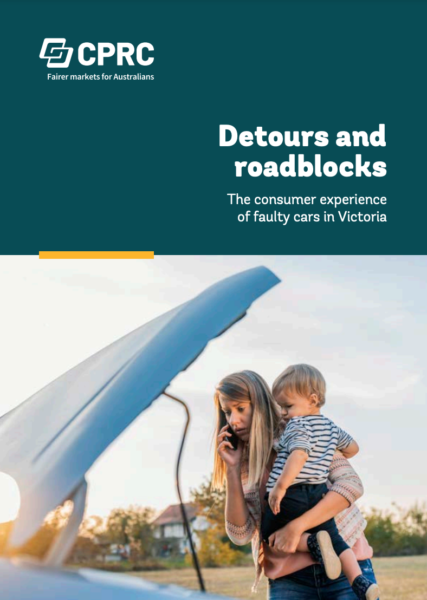January 20, 2020
Affordable, effective and quality care is essential to Australia’s ageing population and the growing number of older people choosing to age in place. The sector has seen a range of reforms in response to the Productivity Commission’s 2013 report, Caring for Older Australians. As a result of the Living Longer Living Better and Increasing Choice in Home Care reforms, home care is now assigned directly to the individual with the intent of enabling Home Care Package (HCP) recipients to control and better manage their own care, a Consumer Directed Care (CDC) model.
Affordable, effective and quality care is essential to Australia’s ageing population and the growing number of older people choosing to age in place. The sector has seen a range of reforms in response to the Productivity Commission’s 2013 report, Caring for Older Australians. As a result of the Living Longer Living Better and Increasing Choice in Home Care reforms, home care is now assigned directly to the individual with the intent of enabling Home Care Package (HCP) recipients to control and better manage their own care, a Consumer Directed Care (CDC) model.
Introducing a CDC model for HCPs in an environment where older people face major changes to health, long term illness, cognitive decline, digital exclusion and/or social isolation creates a range of challenges. This has been reflected in the evidence put to the Royal Commission into Aged Care Quality and Safety (ACRC) during hearings to date, raised in submissions, as well as the various reviews of in-home care.
Our study builds on the largely qualitative evidence presented to the ACRC to date, exploring the evidence base for some of these issues across the broader community through a larger quantitative Computer-Assisted Telephone Interview (CATI) survey of 502 Australians accessing HCPs. Our questionnaire was also directly informed by the University of South Australia’s Financial Capabilities of Older Australians report and structured around CPRC’s Five Preconditions of Effective Consumer Engagement conceptual framework.
We offer a range of insights into the barriers experienced by older Australians and their carers in accessing, evaluating and getting home care services. This is followed by a series of recommendations for change to improve the delivery of HCPs, drawing on the priorities of those we surveyed and our analysis of the research findings.

October 31, 2023
Faulty cars are far too common and disrupt too many lives. This report delves deep into the repercussions of faulty cars on individuals' lives, examines the legal pathways available for those seeking remedies and explores the experience of First Nations people.

March 16, 2023
Australia’s privacy laws rely on notification and consent as the primary means of protecting consumers. The onus is on consumers to navigate complex privacy protections in a continuously complex digital economy. It is time to consider reforms that hold businesses accountable for how they collect, share and use consumer data. It is time to give regulators the power to pause and assess data practices that are causing or likely to cause consumer harm.